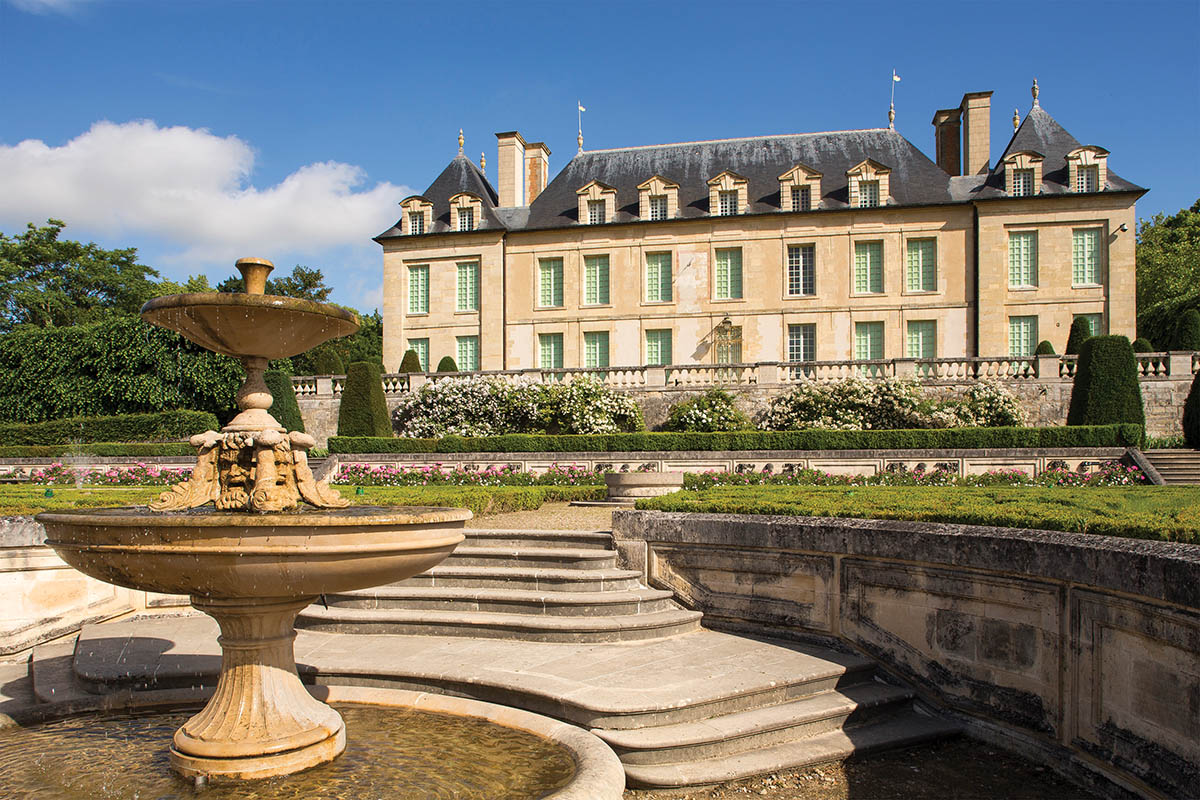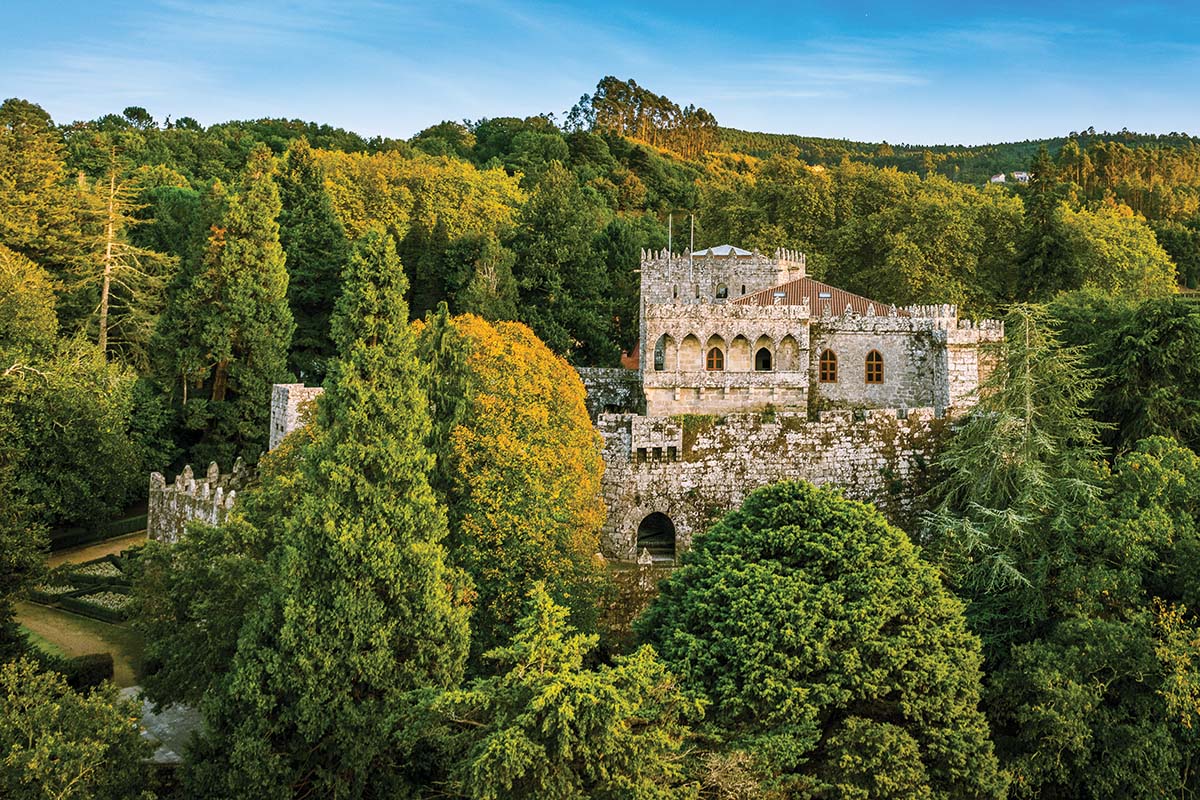Pech Merle: Paintings through time
Text: Hannah Jane Thompson | Photos © P. Cabrol - Centre De Préhistoire Du Pech Merle

To visit the cave at Pech Merle is almost akin to a visit to another world while travelling through time. Located in the picturesque Lot Valley in France (just over half an hour’s drive from Cahors, or two hours’ from Toulouse), the Centre de Préhistoire du Pech Merle is one of only a few in the old province of Quercy to offer visitors the chance to get up close and personal with prehistoric paintings from tens of thousands of years ago.
Although less than 100 kilometres from the super-famous Lascaux caves, this site offers an even more authentic experience: because these Paleolithic paintings are not copies, they are the real thing. This is what is so unique about Pech Merle, and adds an extra, thrilling dimension to a visit here. Guided tours last around 45 minutes, with translations available in 12 languages. “Visitors say that it is very moving,” explains Bertrand Defois, director of cultural and tourist development at the centre. “Here, you can stand a few dozen centimetres away from artwork that was first created 29,000 years ago.”

Amedée Lemozi
The visit is set up to emphasise this rare experience, with visitors encouraged to immerse themselves in the otherworldly feeling of the cave. “You feel like you are in another universe,” says Defois. “There are strange noises and shapes – stalactites, stalagmites – and it’s dark. You lose all of your reference points. It’s like being in a time machine.”
Discovered in 1922, the site would become the project of local priest and prehistorian, Amedée Lemozi. Having come to the nearby village of Cabrerets after the First World War to teach, he encouraged his students not only in religious education, but also in his love of prehistoric treasures. Energised by his lessons, three teenagers aged 13 to 16 were exploring nearby when they came across the artwork, and their teacher became the first person to study the paintings.
Inspired, Lemozi decided to open the cave to the public in 1926, realising that the paintings were in such good condition that they could be viewed in their original, authentic form. There are 800 drawings in total (of which not all are accessible to the public), with the most famous work being The Punctuated Horses: a horse head next to symbolic dots, which has become the centre’s logo. Equally as astonishing is an actual footprint in the dirt – a real-life remnant of the European early modern humans who walked in that exact spot. The Pech Merle cave, as it came to be known – taking on the Occitan name of the hill above it – would later become today’s visitor centre.

80,000 visitors
Now, the Amedée Lemozi Museum allows guests to understand the history in even more detail, including the screening of a 25-minute documentary film created by a researcher; and the site explores the prehistory of the entire area, placing Pech Merle in context of the region’s wider, prehistoric gems. While the centre itself admits that it “cannot compete” with Lascaux – on visitor numbers or on the level of international fame – it does now attract more than 80,000 visitors per year, and is always fully booked in the summer months of July and August. Guests planning a trip are strongly advised to book their visit in advance, Defois says, to ensure they will be included as one of the limited number of daily guests. Entrances are capped at 700 people per day, to protect the paintings. There are also plans to modernise the centre soon, and add even more English-language guides to the existing daily tours.
Indeed, the area is popular with tourists, and visitors often pair their trip to Pech Merle with a visit to the nearby medieval village of Saint-Cirq Lapopie. Perched perilously-yet-beautifully on a mountainside overlooking the picturesque Lot Valley, it is a favourite among painters and writers, and has been named as one of the official Plus Beaux Villages de France. As one might expect, a veritable industry has also popped up closer to Pech Merle itself, with many recommended hotels and restaurants bearing its name.

Revolutionary drawings
This is a region offering near-unparalleled access to the history of France through the ages, from the cave paintings, to the medieval churches, villages and cathedrals of the Middle Ages – not to mention the stunning natural scenery. And in today’s world – so full of images, design, photos and distractions – it is worth remembering how incredible this early art must have seemed to the people who created it, and consider how powerfully somewhere like Pech Merle can remind us of our own place in humans’ journey through millennia. “Today, in our society, there are images everywhere,” explains Defois. “But these are some of the first drawings that were ever made by our species of humanity. They must have been completely revolutionary.”
Web: en.pechemerle.com Facebook: Pech-Merle
Subscribe to Our Newsletter
Receive our monthly newsletter by email





